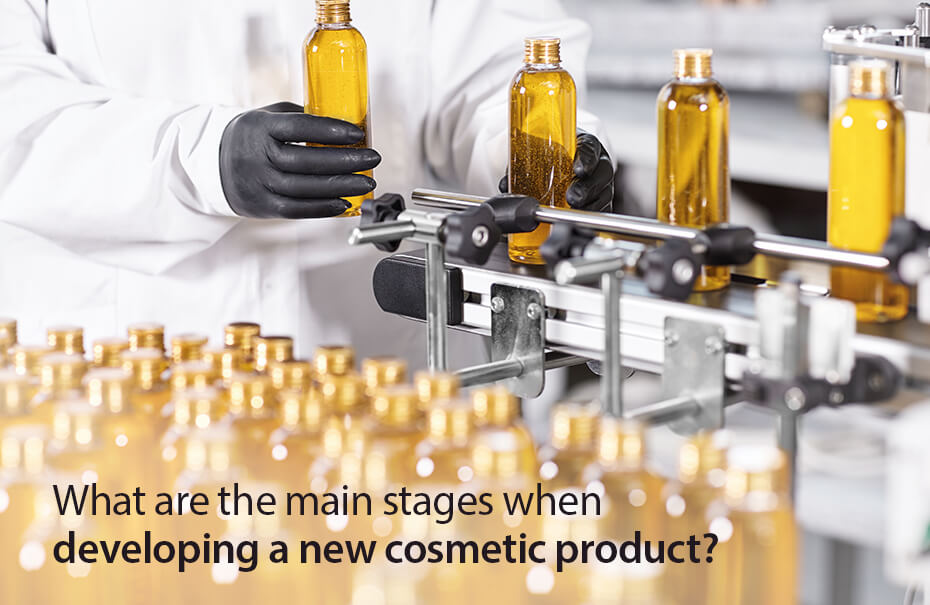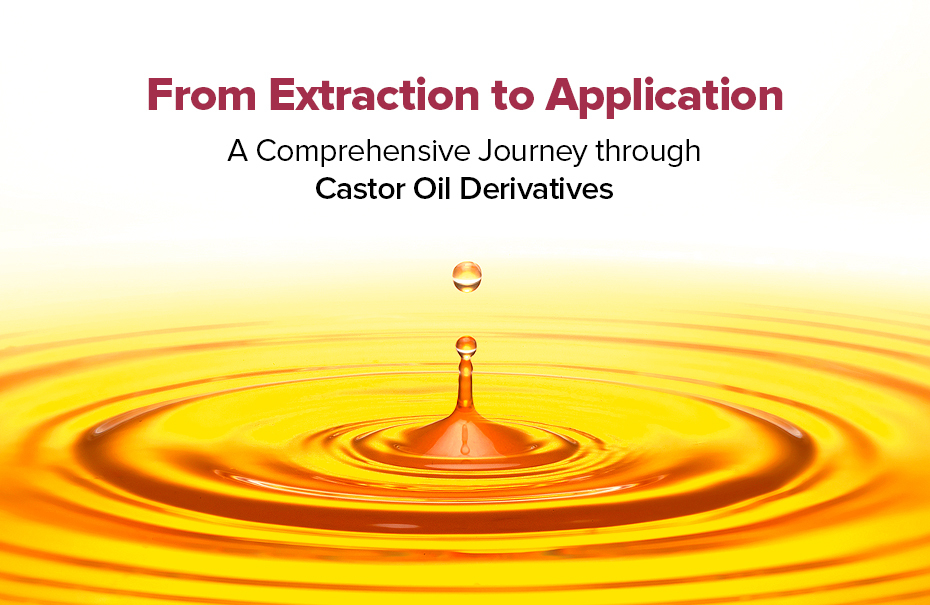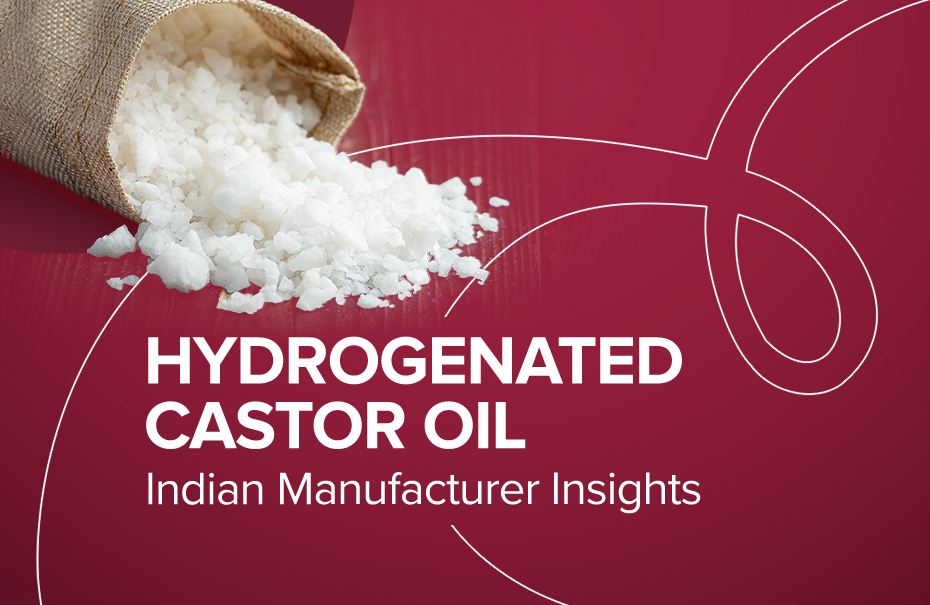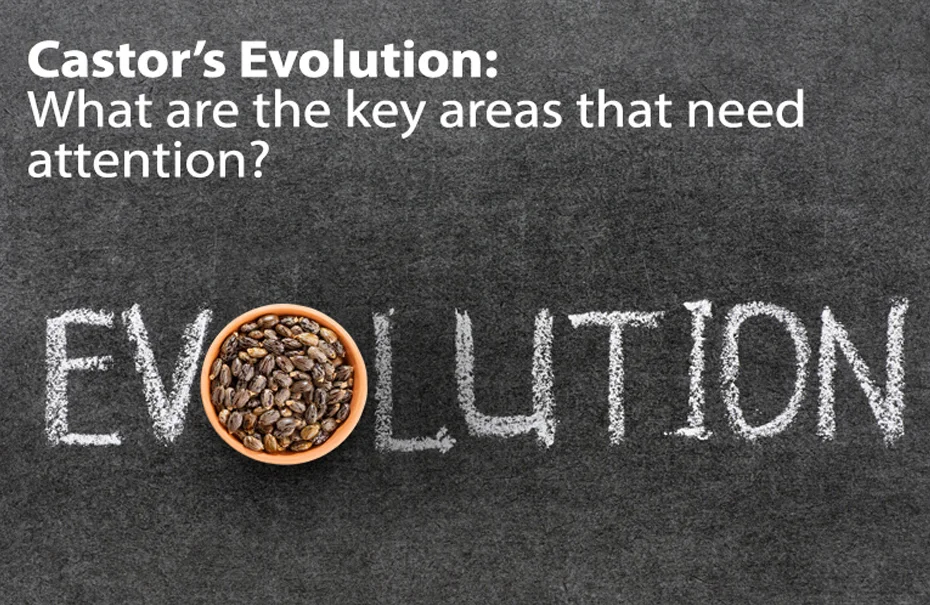What are the Main Stages when Developing a New Cosmetic Product?

Brands and manufacturers in the growing personal care and cosmetics market must constantly produce and innovate. There’s a huge market shift with people demanding for natural products. Due to seasonal limits and rapidly changing consumer needs, collection turnover is decreasing. Businesses must cut product time to market and costs while remaining inventive in order to meet changing demand.
A cosmetics company’s entire purpose is to create and sell products. How do brands accomplish this?
Everything begins with a concept. The customer wishes to create an entirely new type of cosmetic. Where should they start, and what should they consider from the beginning?
Step 1: Marketing Brief
The very first step is to create the marketing brief.
The marketing brief is crucial when establishing a new product because it serves as the beginning point for all projects. The more specific it is, the more straightforward it will be to use. The product and packaging requirements, such as the product category, desired function, colour, odour, texture, and size, are all included in the marketing brief.
Natural seed oils such as castor oil and its derivatives, oat oils, vegetable extracts and Nordic natural ingredients are of great interest to both cosmetics manufacturers and consumers today. In addition, sustainability is also an important concern.
It can be shared with other departments to begin product development once it has been approved. It will be used by the R&D team to develop the formula and product prototype.
The packaging team chooses the product pack based on the brief’s criteria. The first stage is crucial; it will decide the success of the entire procedure and product.
Marketing’s job is to figure out what customers want or need and how to position it in the market. They could be looking to reverse engineer a competitor’s product, leverage an emerging trend, or even create a new shade of a current product offering.
Step 2: Research, Development and Formulation
Ideas can also come from research and development. Cosmetic chemists can experiment with their ideas in the lab and come up with new and exciting ones. Raw material suppliers like castor oil suppliers, can visit and share the new materials they are developing that will help in creating great new products.
Then comes the product formulation part. Scientists work on the cosmetic product formulation based on the marketing brief’s needs. Each claim is examined, and multiple prototypes for comparison are constructed. Concentration, allergies, chemical reactions, and prices are all reviewed to ensure that the product meets the standards and is safe.
Step 3: Substantiating Raw Materials and Packaging
Following the establishment of the formula, the teams must choose raw materials and packaging suppliers. A list of specifications, including the function of the material, allergies, size, colour, odour, and so on, is provided to multiple providers for comparison. After that, quality, cost, and function are examined for final approval. The recipe is finalised and the prototype is made as soon as the raw ingredients are accepted.
Step 4: Package Designing
Once the raw materials and product formulation are finalised, teams start working on the artwork design when you’ve chosen your package suppliers. These teams design the outside packaging of the product. Consumers will notice and read about the product first through its packaging. Text, colours, and graphics are all precisely picked in accordance with the exterior packaging and marketing brief requirements.
Step 5: Quality Testing
Then comes the quality testing part. A product must be safe to use and adhere to the regulations of the country in which it will be sold. To ensure product safety, several quality tests must be performed, including microbiological, toxicological, and stability studies.
Furthermore, all product components, including chemical substances and packaging, must be inspected and verified to be compliant with the country of commercialization. The Product Information File, Safety Data Sheet, Cosmetic Notification Form, and other documents and information about the product that are required by country legislation must be gathered by compliance teams.
Step 6: Product Approval
It’s time for a check once each step of the new product development has been examined and approved. The final product is examined to ensure that it adheres to the original marketing brief. Production can begin if the prototype passes the final tests. After then, the product will be commercialised, and teams will begin development on the next one.
The Final Take
The processes for developing new products range from one company to the next. How product development is implemented is determined by the product kind, company size, and strategy. However, they will all agree that settling is time-consuming and difficult. Sourcing the right raw materials is how you can ace your product development. If you’re looking for castor oil-based cosmetics, visit Ambuja Solvex, India’s premier castor oil manufacturer and the largest castor oil supplier in the Indian cosmetics market, and browse our castor oil product list.



